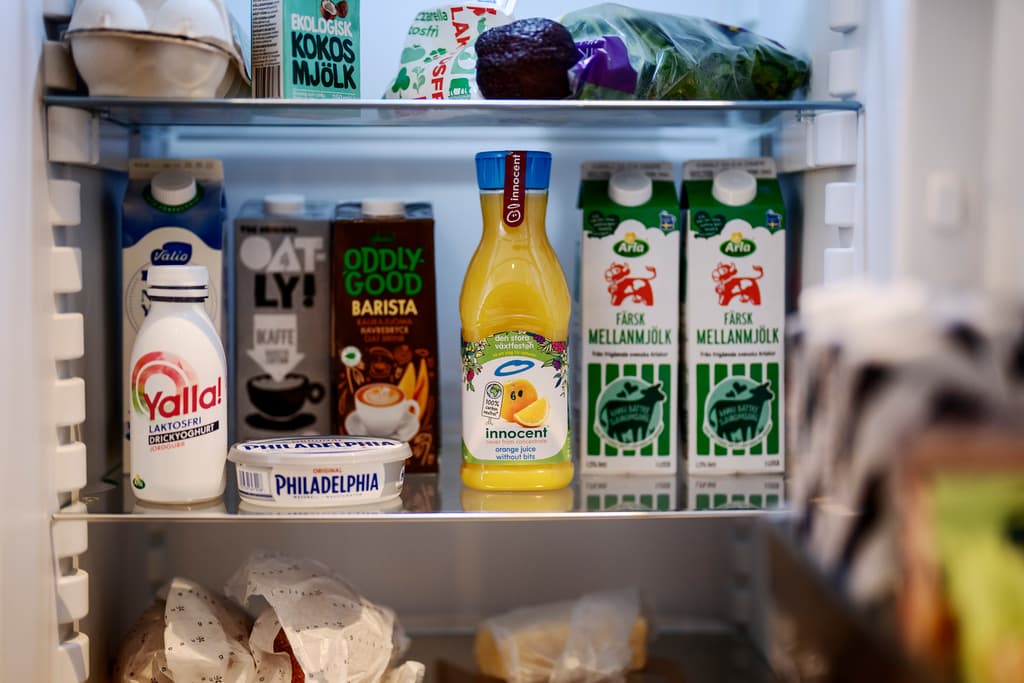Now the rot month is here. Warm and humid weather makes mold and bacteria thrive. By handling food correctly, you avoid getting sick, while also reducing food waste.
The rot month has a long history. It is mentioned in the farmer's almanac and occurs at the end of the women's week, around July 22-23, and a month onwards. During this part of the summer, the weather is often warm and humid.
But the rot month's time period is actually floating.
A fairly large part of the summer can actually have rot month conditions. But often it's the latter part of the summer, says Jonas Toljander, microbiologist at the National Food Agency.
Mold fungi and bacteria thrive best under such conditions. They can both spoil food – and make us sick.
Cooler Bag on the Picnic
The most important thing to think about during the rot month is the temperature. There are a few tricks to take. Bring a cooler bag when you buy food and put the food in the fridge as soon as you get home. The refrigerator should be cold – four plus degrees is a good temperature.
Are you going on a picnic? Then it's good to bring a cooler bag. Food should not be left at room temperature or summer heat for more than two hours.
The biggest health risk during the rot month is when you don't manage to keep cold food cold enough and warm food warm enough – when it becomes a good growth environment for bacteria, says Toljander.
During the rot month, the worry that the food may be bad can lead to unnecessary food waste. By storing food cold, its shelf life is extended. You can also look, smell, and taste the food to see if it's edible.
Watch Out for Campylobacter
During the summer, the occurrence of campylobacter, a bacterium that can cause stomach flu, increases. Chicken meat is a known source of infection, but the bacterium can also be found in other types of meat.
We see increases in principle every summer. It seems to be increasing a bit earlier this year, says Toljander.
Campylobacter spreads through hands and kitchen utensils, and it only takes a few bacteria to get sick.
Therefore, it's important to wash your hands after handling raw meat. Wash knives and cutting boards thoroughly, and make sure no other food comes into contact with raw meat. Always cook chicken thoroughly, then any bacteria will die.
Store food in a cooler bag from the store to home.
Keep the refrigerator cold, a suitable temperature is + 4 degrees.
Keep warm food warm and cold food cold.
Don't let cold products stand at room temperature or summer heat for more than two hours.
Be careful with hygiene when handling raw chicken.
Source: National Food Agency





